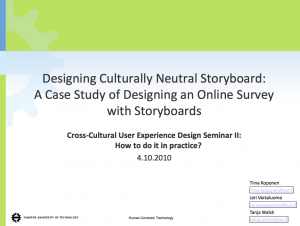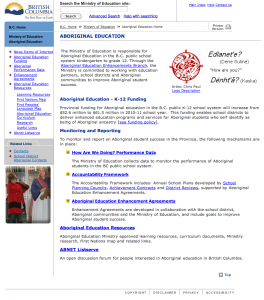 Project Naming was an endeavour undertaken by the Library and Archives Canada to name a label almost 75 million different photographs of Nunavut indigenous people. Workers undertook the enormous task of meeting with indigenous people of Northern Canada and had them attempt to identify as many people in the photos as they could. This was an avenue for exploring the past ways of life, listening to stories and making connections, including genealogical ones, to today.
Project Naming was an endeavour undertaken by the Library and Archives Canada to name a label almost 75 million different photographs of Nunavut indigenous people. Workers undertook the enormous task of meeting with indigenous people of Northern Canada and had them attempt to identify as many people in the photos as they could. This was an avenue for exploring the past ways of life, listening to stories and making connections, including genealogical ones, to today.
I think this is a great example of technology being used in a positive way to preserve culture. It includes indigenous people in the process of identification and encourages them to share their stories and culture from their own mouths.
I hope it is a link that can be of use to anyone who is including research of Northern indigenous peoples in their research project.
http://www.collectionscanada.gc.ca/inuit/020018-1100-e.html



